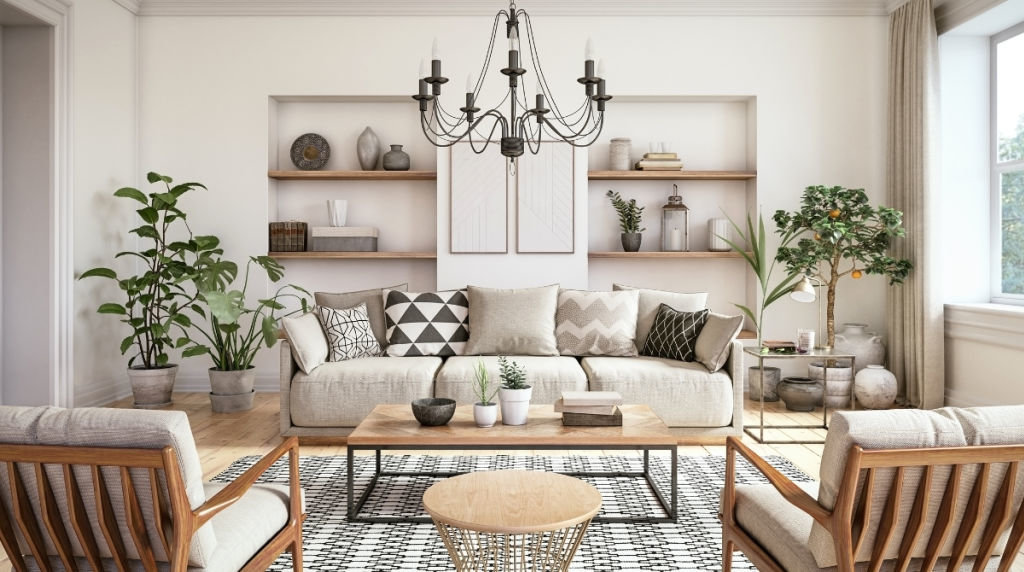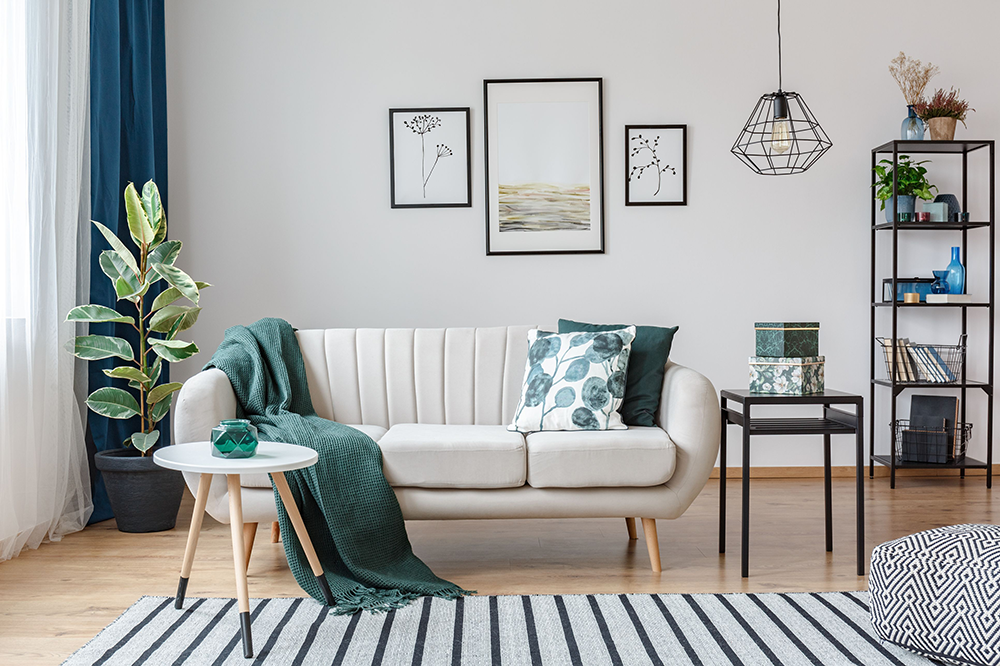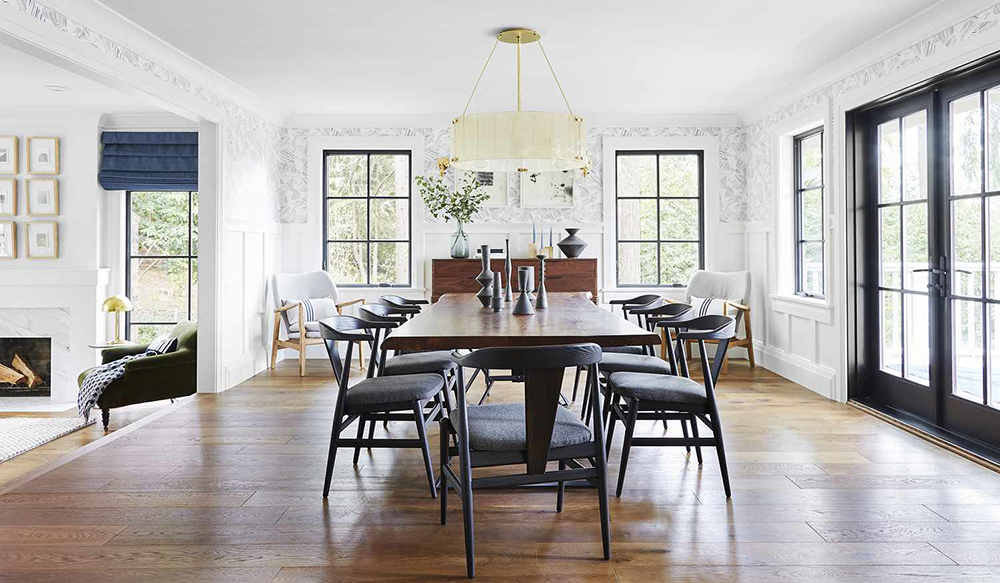
The Differences Between Contemporary & Modern Furniture
Modern and contemporary furniture designs are one and the same to the uninitiated eye. In fact, people regularly use both terms interchangeably when trying to describe the look and feel of furniture. The reality, however, is that the styles have several distinctions.
Here are the top 5 differences between contemporary and modern furniture designs:
I. Static Vs. Evolving
The time period in which contemporary and modern furniture designs draw their inspiration from is perhaps the biggest difference between them.

Modern furniture design draws its inspiration from a set time in the 20th century while contemporary design draws its inspiration from the constantly evolving artistic trends to retain their relevance. Simply put, the principles of modern furniture are firmly set while those of contemporary furniture are constantly reworked to stay up to date with the current trends.
II. Artistic Scope
Contemporary design inevitably incorporates more artistic elements compared to modern design. While contemporary furniture draws much of its inspiration from the modernist movement, its shape is also influenced by minimalism, Art Deco, and numerous other global styles
Modern furniture represents a rejection of the styles that were popular in the early 20th century and of the centuries prior. Simply put, its core is more focused and less ambiguous, targeted on the reduction of visual clutter usually found in furniture, and an increase in overall functionality.
III. Materials
The types of materials used is another key difference between these seemingly similar styles.
Modern design embraces natural and earthy elements, with wood being the prevailing material. The idea is to use wooden furniture to add a touch of warmth. Linen and leather are rather popular finishes when it comes to this style.

Contemporary furniture design, on the other hand, relies on the use of sophisticated materials such as glass or even metal. The concept, however, can also incorporate some natural materials such as stone and cork.
IV. Color Palette
Modern furniture design features warm and neutral colors to make the space feel more inviting. It uses an earthy palette that incorporates rusty oranges, turquoises, browns, and olive greens as the most common color choices.
Contemporary furniture design, on the other hand, implements a strict color palette that consists of cooler tones and primarily a monochromatic look. Black, gray, and while are the colors that characterize contemporary design.
V. Furniture Shape
Modern and contemporary furniture design both favor minimalism, but there’s a slight difference in the design.
Modern furniture style features clean, straight lines to achieve a streamlined look. A signature feature for this style is tapered legs, which makes the pieces feel lighter. You will often see dressers, coffee tables, and sofas with tapered legs. Contemporary furniture, on the other hand, tends to be curvier in shape.
Final Thoughts
Modern and contemporary furniture styles both offer something different to homeowners interested in a fresh look for their space. While most people assume that they are one and the same thing, the reality is that there’s some rather prominent differences between them.
Now that you know about the differences between these furniture styles, you will have a much easier time conceiving a plan for your own space. In fact, you can opt not to stick to one of the styles and instead use them in combination to create a truly unique space.


